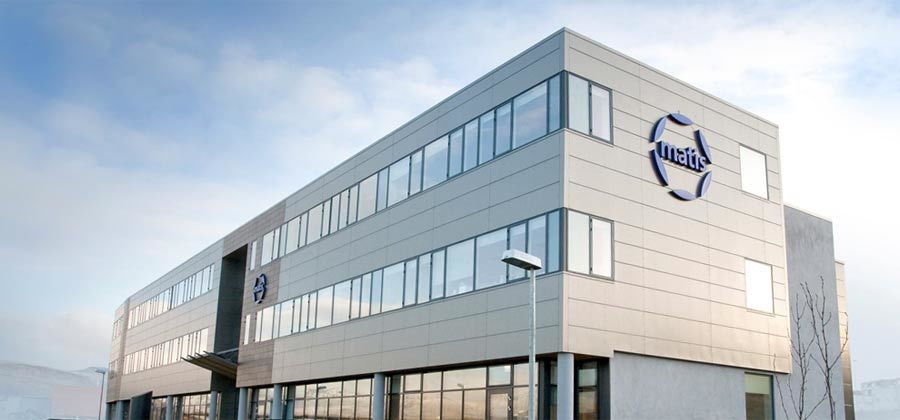Arsenic is a well-known toxic and carcinogenic substance and is therefore at the top of the US Agency for Toxic Substances and Disease Registry list of dangerous substances. The morphology of arsenic in food and other organic samples is important because the bioavailability and toxicity of arsenic are highly dependent on its chemical form.
Some arsenic chemicals, such as methylated trivalent arsenic, are highly toxic while arsenobetanide is safe. Nevertheless, current regulations on the content limits of arsenic in food and feed only take into account the total arsenic in food / feed components and do not take into account the toxic chemical form of arsenic. Research into the chemical forms of arsenic and the transformations of these substances is important in understanding the dangers of arsenic in our diet.
In the ecosystem, the substance arsenic is present in organic compounds as well as in inorganic form and more than 50 natural chemical forms of arsenic have been found. Seafood naturally contains a high concentration of the total arsenic compared to, for example, agricultural products. Until now, there has been limited information on different chemical forms of arsenic in, for example, fishmeal and fish oil. Matís has been involved in researching different chemical forms of arsenic in feedlots made from cod and capelin, and the results of these studies have recently been published in two scientific journals in peer-reviewed journals.
Research on the chemical forms of arsenic is very important in order to obtain data on which chemical forms of arsenic and in what quantities they are present in, for example, fishmeal and fish oil. This data can then be used as a basis for a review of laws and regulations on the limits of arsenic in the relevant seafood. Research in this field of research will continue at Matís, and Matís received a grant from AVS in 2008 to analyze the toxic and harmless chemical form of arsenic in fishmeal.
Further information on the results of Matís' above research can be found in Chemical Communication, 39, 2008 and Applied Chemistry, 47, 2008.


